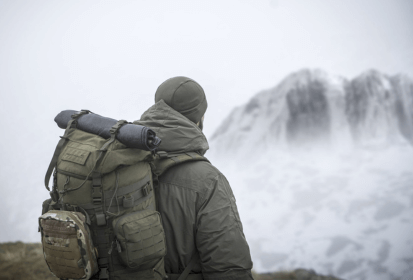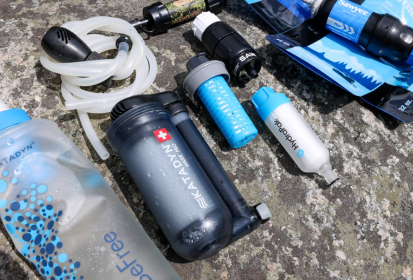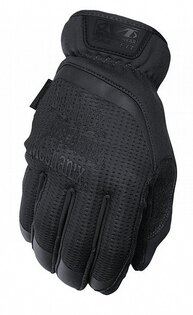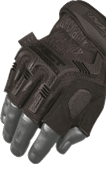Shooting is one of the activities where we should pay a lot of attention to personal protection. The parts of the body that need to be protected when shooting include the hands. This is due to the heavy metals released, but also because of the recoil, the effect of which is at least partially reduced by shooting gloves.
The main difference between shooting gloves and regular work gloves is that the wearer of the shooting gloves needs to maintain the highest possible sensitivity in the index finger of the dominant hand. This is due to the feedback from the trigger. Therefore, in some shooting gloves, the index finger is "cut off," or it can be removed later. This, of course, is not always the rule. It depends on the preference of the shooter.
Protect your health
Shooting gloves do not have just one function. A crucial one is their ability to protect the wearer's health. The fumes released during shooting contain heavy metals, which can then enter the body through the skin. Thus, the gloves also act as an insulator that minimizes the impact of these heavy metals on our health.
Different types of shooting
There are naturally several types of shooting gloves, just as there are different types of shooting. There is target shooting, IPSC, reflexive shooting... and then we have various types of weapons—handguns, shotguns, rifles... so there isn't and cannot be one ideal type of shooting glove. But in the product descriptions of specific gloves, you will always find the necessary information, and based on that, you can decide if a particular model is suitable for you.
Maintain contact with the weapon
As we have already suggested, even when using shooting gloves, it is necessary to maintain good contact with the weapon, specifically with its trigger, and a firm grip. This is achieved by both the material used and the gloves' construction. Regarding construction, the gloves extend a bit beyond the wrist, where their fastening is located (usually a Velcro cuff). There are also special zones on the palms that better adhere to the texture of the handles.
For ideal contact with the weapon's trigger, it is suitable for the gloves to have a retractable upper part on the index finger of the dominant hand. This retractable part should also be secured with Velcro so that it doesn't interfere with shooting. Sometimes, a similar solution is used for the thumb and even the middle finger. Again, it depends on what suits you.
If we have removable finger parts on the gloves, it has multiple advantages. We can better operate touch screens, which are all around us nowadays. Of course, for contact with the weapon or screens, we can also use fingerless gloves, but they do not provide the same protection as shooting gloves—both from the effect of recoil and from the release of heavy metals.
And finally, we also have winter shooting gloves, which look like mittens and have the whole finger area foldable and secured with Velcro. Underneath this area are regular finger gloves with exposed tips for the best possible contact with the weapon.
And what about materials?
Lastly, let's look at the materials from which such shooting gloves can be made. These are mainly synthetic materials like nylon, which shows excellent durability. Nylon is combined with other additives like elastane. And just like with protective gloves, an ideal natural material for making, for example, the palms, is goat leather, which is again durable, has a good texture to prevent the weapon from slipping out of your hand, and also acts as a flame retardant.
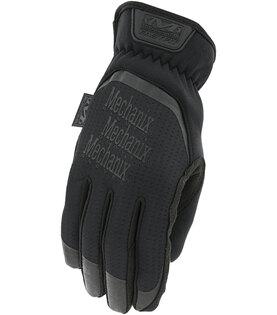
Mechanix Wear® FastFit Gen 2 women's gloves
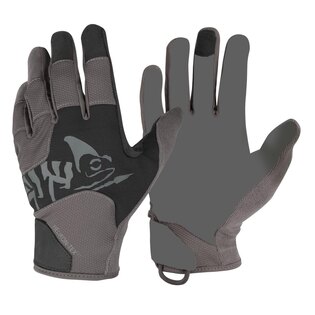


Helikon‑Tex® All Round tactical gloves
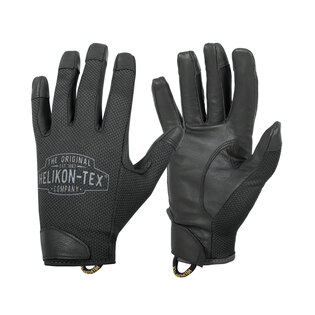


Helikon‑Tex® Rangeman gloves
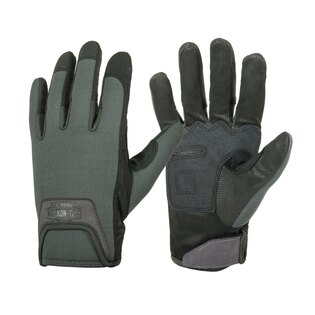


Helikon‑Tex® Urban Tactical Mk2 gloves
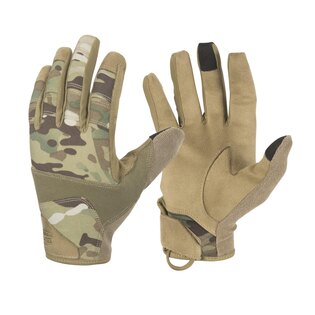


Helikon‑Tex® Range tactical gloves
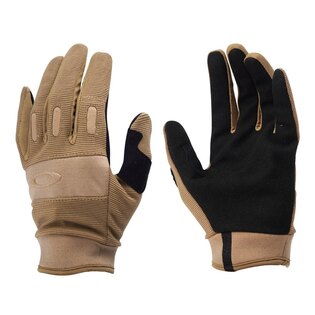


Gloves Lightweight 2.0 SI Oakley®
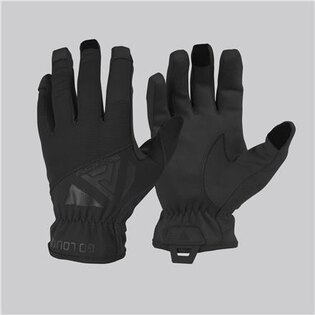


DIRECT ACTION® Light Shooting Gloves
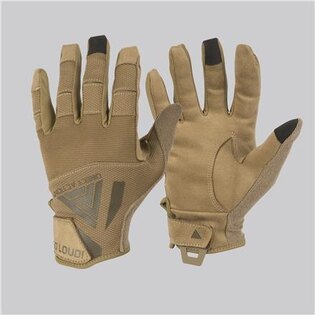


DIRECT ACTION® Hard Shooting Gloves
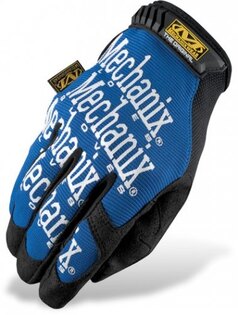


Mechanix Wear® The Original Covert gloves
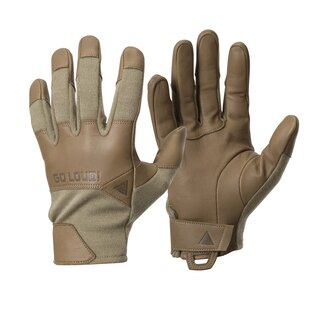


Direct Action® Crocodile FR Nomex gloves
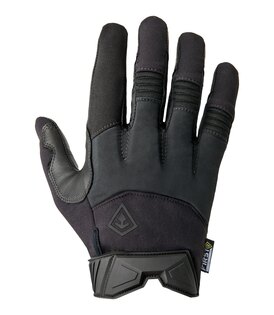
Medium Duty Padded Gloves First Tactical®
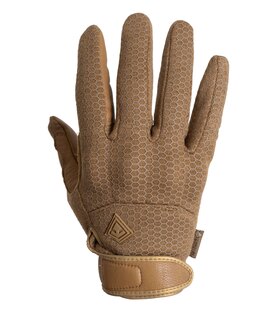


First Tactical® Slash & Flash Hard Knuckle Gloves – black
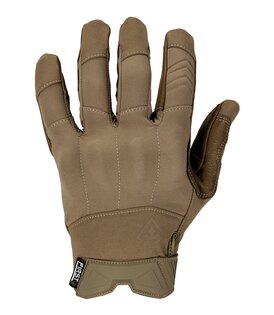


First Tactical® Hard Knuckle Gloves ‑ black
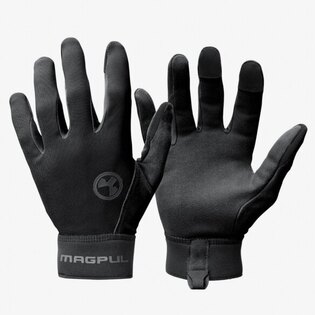


Magpul® Technical 2.0 gloves
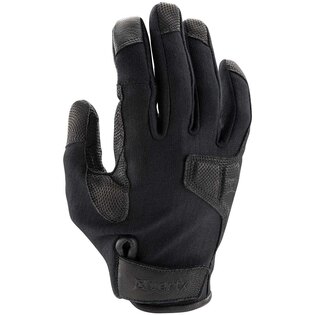


Vertx® Assault 2.0 Gloves
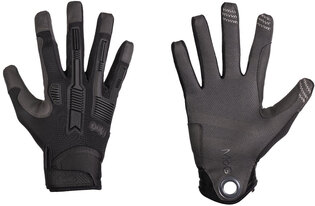


MoG® Target High Abrasion ErgoShield gloves
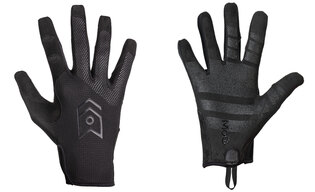


MoG® Target Light Duty gloves
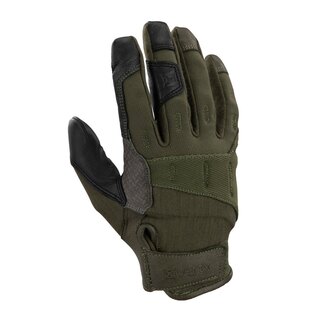


Vertx® Move to Contact Gloves
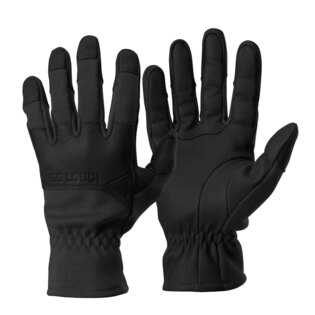


Crocodile Gloves Long Nomex® Direct Action®
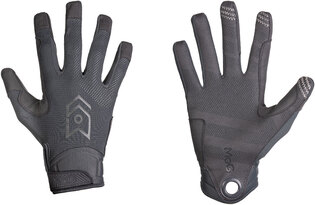


MoG® Target High Abrasion gloves
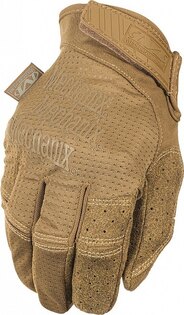


Mechanix Wear® Vent Specialty gloves
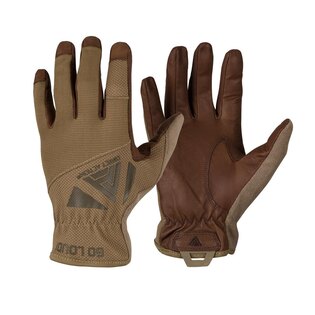


Direct Action® Light Leather Shooting gloves
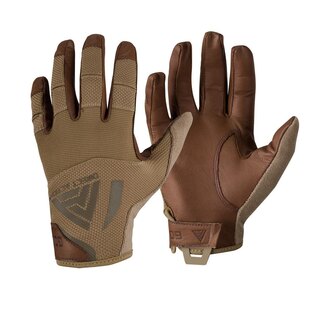


Direct Action® Hard Leather shooting gloves
